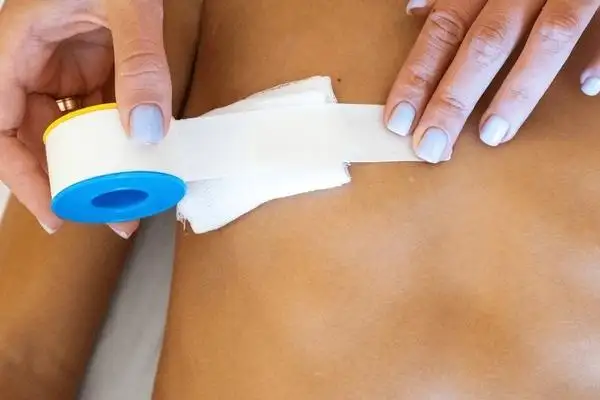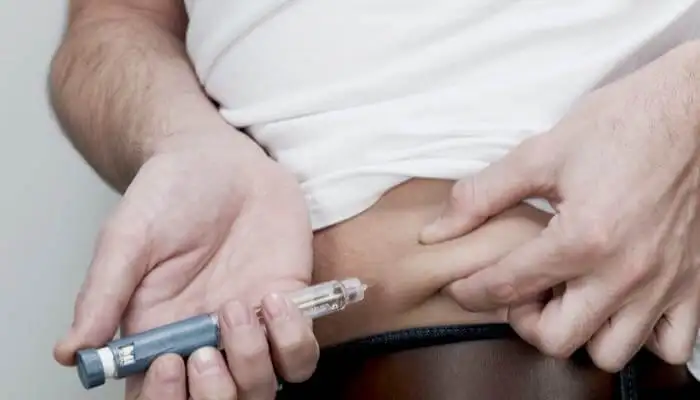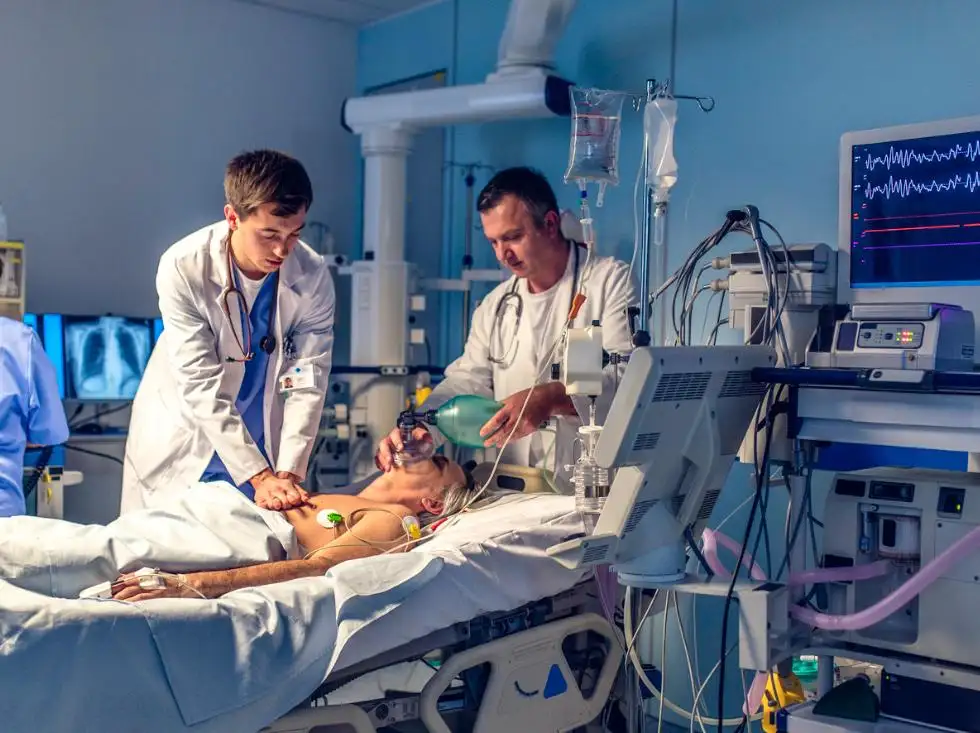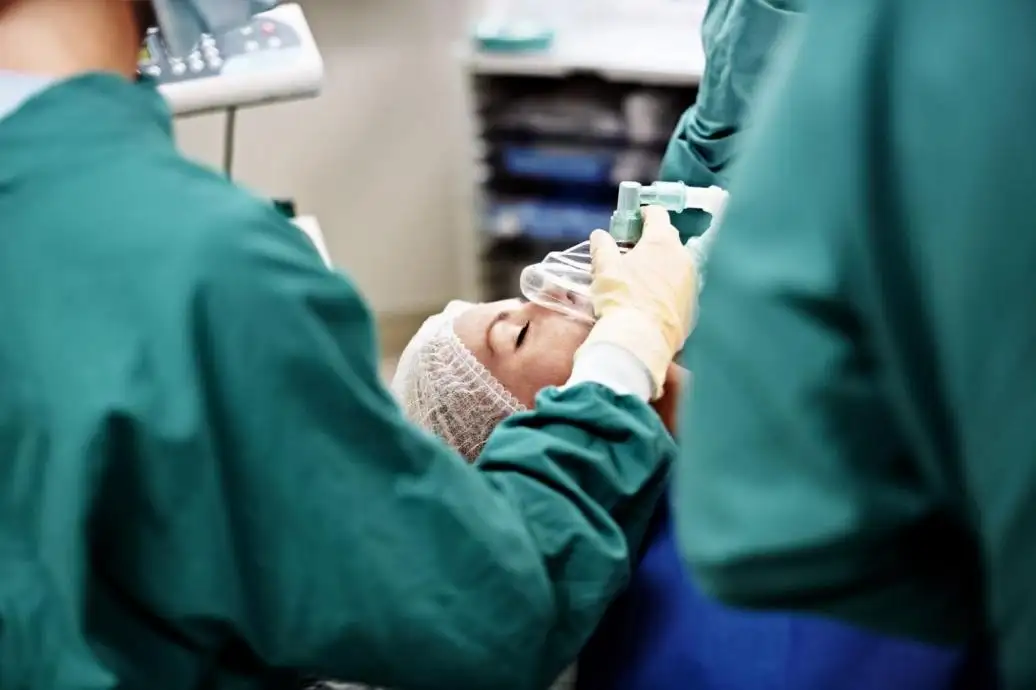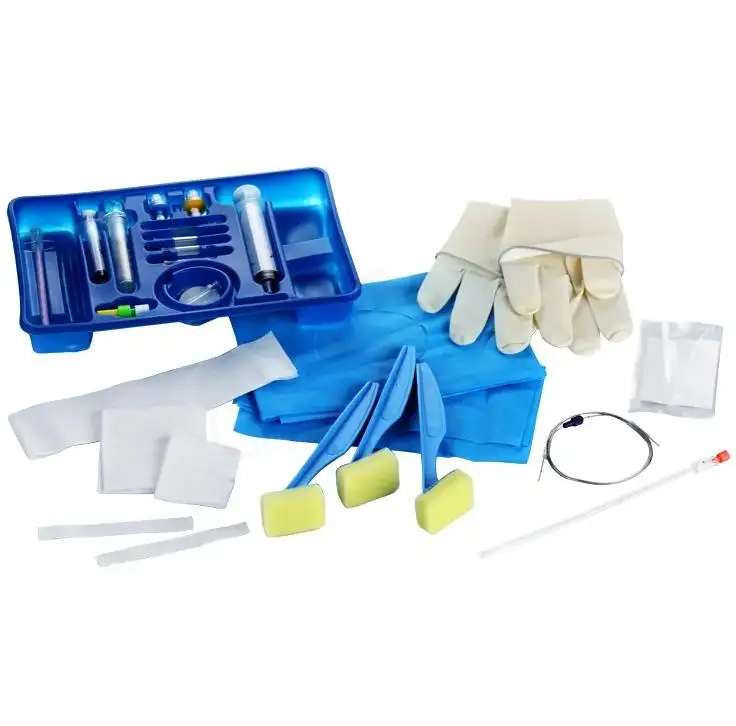What is Medical Sterilization Wrapping? Comprehensive Guide
What is Medical Sterilization Wrapping?
What is medical sterilization wrapping? Medical sterilization wrapping is a term that is used to refer to special wraps that are intended to cover surgical equipment and medical equipment in the process of sterilization. These wraps are designed in a manner that the sterilizing agents, e.g., steam or ethylene oxide, can enter the wrap, and the microorganisms should not enter after sterilization. The main role is to keep the enclosed objects sterile until they are put in place during medical activities.
Materials Used in Wrapping Sterilized
Sterilization wraps are commonly composed of nonwoven materials, and there are several benefits to this:
- Polypropylene (SMS): Tear-resistant polypropylene that has been developed as a durable and efficient barrier against contaminants.
- Cellulose-Based Fibers: Biodegradable materials that are breathable and offer superior microbial protection.
- Combination Materials: A combination of synthetic and natural fibers that are meant to give strength, breathability, and affordability.
These materials are chosen based on how well they can be sterilized, as well as how they can also be left in a sterile state.
Forms of Sterilization Wrapping
Sterilization wraps come in many different forms; each one is applicable in a certain usage:
- Single-Layer wraps: These are applied when the instruments involved are smaller, and a reasonable amount of protection covering is needed, with an easy-to-handle wrap.
- Double-Layer Wraps: Provide stronger protection for big or heavier sets of instruments to decrease the possibility of contamination.
- Ready-Made Pouches: Pocket-sized, good when dealing with single instruments, provides a high level of sterility, and saves time of preparation.
The choice of the right type will be determined by the size of the instruments, their weight, and the sterilization technique used.
Wrapping-Compatible Methods of Sterilization
Sterilization wraps should be able to withstand different sterilization techniques to make them effective:
- Steam sterilization (Autoclaving): This is the one that involves using high-pressure steam to sterilize the instruments. Wraps must be provided that allow the steam to permeate and contain the moisture.
- Ethylene Oxide (EO) Sterilization: This is a chemical technique that can be used with the heat-sensitive instruments, but the wraps should be able to allow diffusion of the gases and aeration.
- Hydrogen Peroxide Plasma Sterilization: This uses a low amount of temperature and is best suited to delicate instruments, with wraps being used to help the gas penetrate and exit the instrument.
Both techniques have certain conditions with respect to wrap permeability and material compatibility.
Best Practices Surgical Instrument Wrapping
- Sterility is Required: The right wrapping methods are necessary.
- Select the Right Wrap Size: Select a wrap size that can be folded and sealed comfortably without any unnecessary material.
- Take Instruments Out of the Cases: Make sure that the weight of the instruments is evenly distributed and there is no damage.
- Fold Wraps Correctly: Bend the wrappings in such a way that they form a tight package and reduce the chances of contamination as much as possible.
- Seal Securely: Wraps should be sealed with sterilization indicator tape to provide a visual representation that the wraps have been sealed properly.
- Label Clearly: Mark wraps with pertinent information, such as the sterilization date,
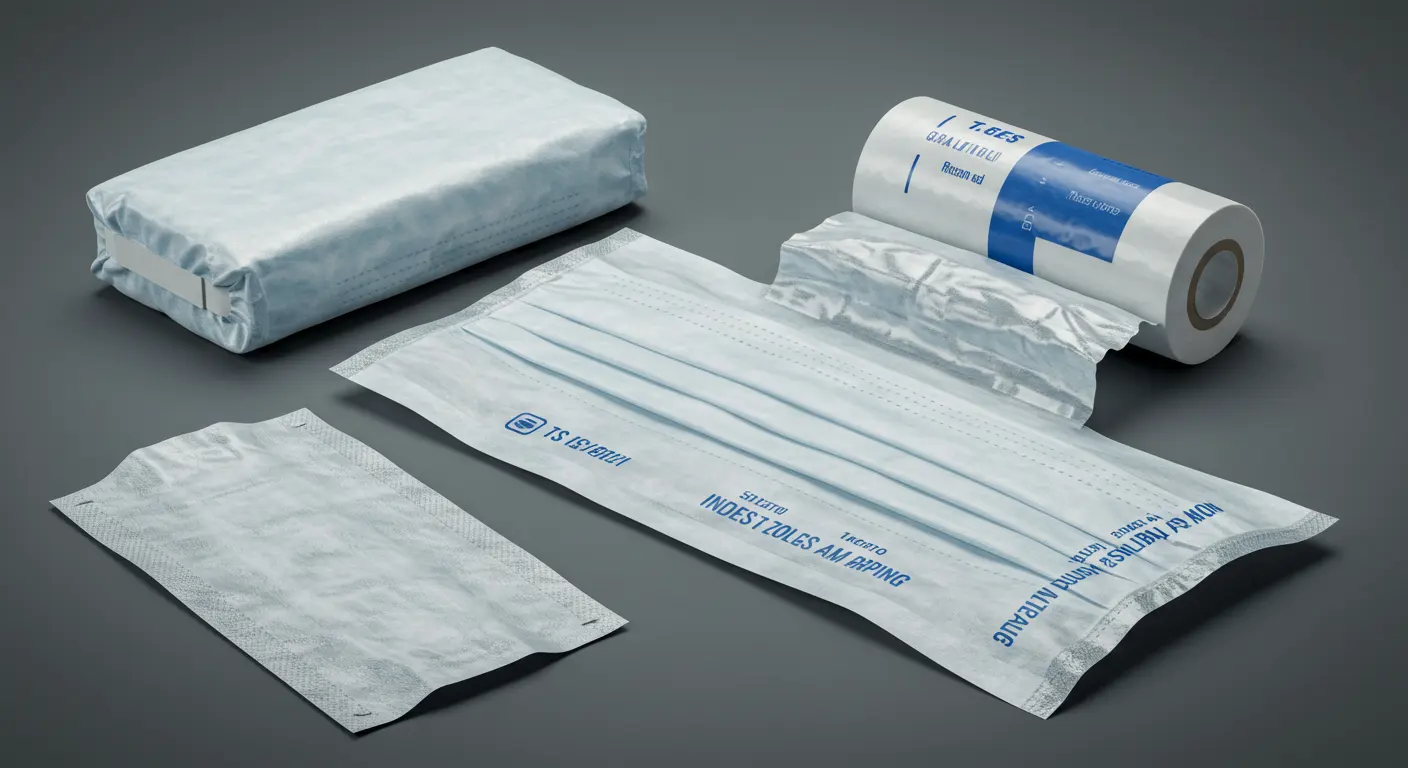
The Tube by Ryle - Advantages and Uses in Healthcare
A nasogastric tube or an A Ryles tube, also known as a Ryle tube that is an important medical device that is commonly used in hospitals and clinical settings to provide nutritional support, medication, and gastrointestinal management. The tube, made up of soft and flexible plastic like polyvinyl chloride (PVC) or silicone, is meant to pass into the stomach, via the esophagus, and into the nose of the patient. It is mainly used to enable the direct administration of nutrition, fluids, and medication to patients who are unable to consume orally because of an illness, surgery, or injury.
Benefits of Ryle's Tube
The most notable advantage of using a Ryle tube is that it is able to administer enteral nutrition directly to those patients who are either unable to swallow or feed sufficiently or digest sufficiently, so that the nutritional needs of those patients are effectively met. This is especially important in patients who have a neurological condition, severe trauma, or post-surgery complications, where oral nutrition can be unsafe or inadequate.
- The tube that is provided in the Ryle is also useful in the administration of medication, since the healthcare provider can give liquid medication directly into the stomach, and they are not affected by oral intake or aspiration. Such accuracy makes sure that the patient does not get an overdose, and the therapeutic effect becomes as high as possible.
- The other significant advantage is that it is used in the gastrointestinal decompression, a procedure that will help to alleviate intestinal obstruction, excessive vomiting, or distension of the stomach. The tube of the Ryle eliminates the contents of the stomach and intestines, bypassing the risk of complications such as aspiration pneumonia, alleviating abdominal pain, and enhancing the general well-being of the gastrointestinal system.
- Moreover, the tube of the Ryle is very comfortable and safe for the patient. Its low and pliable design causes minimal trauma on insertion, and the choice of sizes and lengths enables it to be tailored to the age, size, and clinical condition of the patient. Contemporary Ryle tubes can also have radiopaque lines enabling them to be seen on X-rays and hence guarantee accurate positioning and tracking.
Applications of Ryle's Tube
The uses of a tube by Ryle are varied and cut across various medical conditions. In critical care units, enteral nutrition is often employed in patients with high intensive care unit (ICU) patients, especially those who are intubated or under sedation. It helps in post-operative care in the surgical wards, which means that the patients could receive nutrition and medications without the oral route.
- The Ryle tube, as a decompression device, is used in instances of gastrointestinal obstruction or ileus where excess fluids and gases accumulate, causing pressure and hence vomiting. It is also used in diagnosis, e.g., in aspirating gastric contents, which can be examined in the laboratory, pH analysis, or in checking the bleeding of the gastrointestinal tract.
- The Ryle tube is used in emergency care and in long-term care, in which stroke patients, patients with severe burns, or neurological injuries receive enough nutrition and hydration, which promotes recovery and eliminates the chances of malnutrition. It is also commonly applicable in pediatric and geriatric practice, where swallowing is frequently problematic, and it offers a safe and effective method of nutrition and drug delivery.
Conclusion
What is medical sterilization wrapping? Infection control in the healthcare setting is an essential aspect that includes medical sterilization and wrapping. Healthcare facilities could guarantee the sterility of surgical tools and patient safety by choosing the right materials, following best practices, and addressing the regulations. Further improvement of the sterilization wrapping in terms of patient care is required by continuous innovation and compliance with the guidelines. Visit Greetmed.
Submit Your Request
Recent Posts
Tags
- Adult Diapers
- Are custom medical devices safe
- Baby Diapers
- Can respiratory anesthesia be used
- Digital Healthcare
- Do you offer customized consumables
- European Market
- How do you take care of a skin wound
- Industry Trends
- Lady Sanitary Napkins
- Medical Devices
- OEM Medical Devices
- Product Introductions
- Protective Equipment
- Under Pads
- What are custom-made medical devices
- What are diagnostic products
- What are hospital dressing products
- What are medical tube catheters
- What are some common protective equipment
- What are the appropriate applications for hospital dressing products
- What are the appropriate uses for protective equipment
- What is a gynecological examination
- What is a medical consumable
- What is an anesthesia kit
- What is an OEM in medical devices
- what is an wound skin care
- what is can disposable ultrasonic diagnostic
- What is good manufacturing medical devices
- What is hospital-grade protective equipment
- what is medical equipments hospital furniture
- What is medical sterilization wrapping
- What is rehabilitation equipment device
- What medical consumables do you supply
- Where can I find laboratory consumables wholesale
- where can I find medical protection device
- where to buy hypodermic accessories
- where to buy medical apparel
- where to buy medical consumable accessories
- where to find OEM medical device supplier
- where to find rehabilitation equipment supplier





